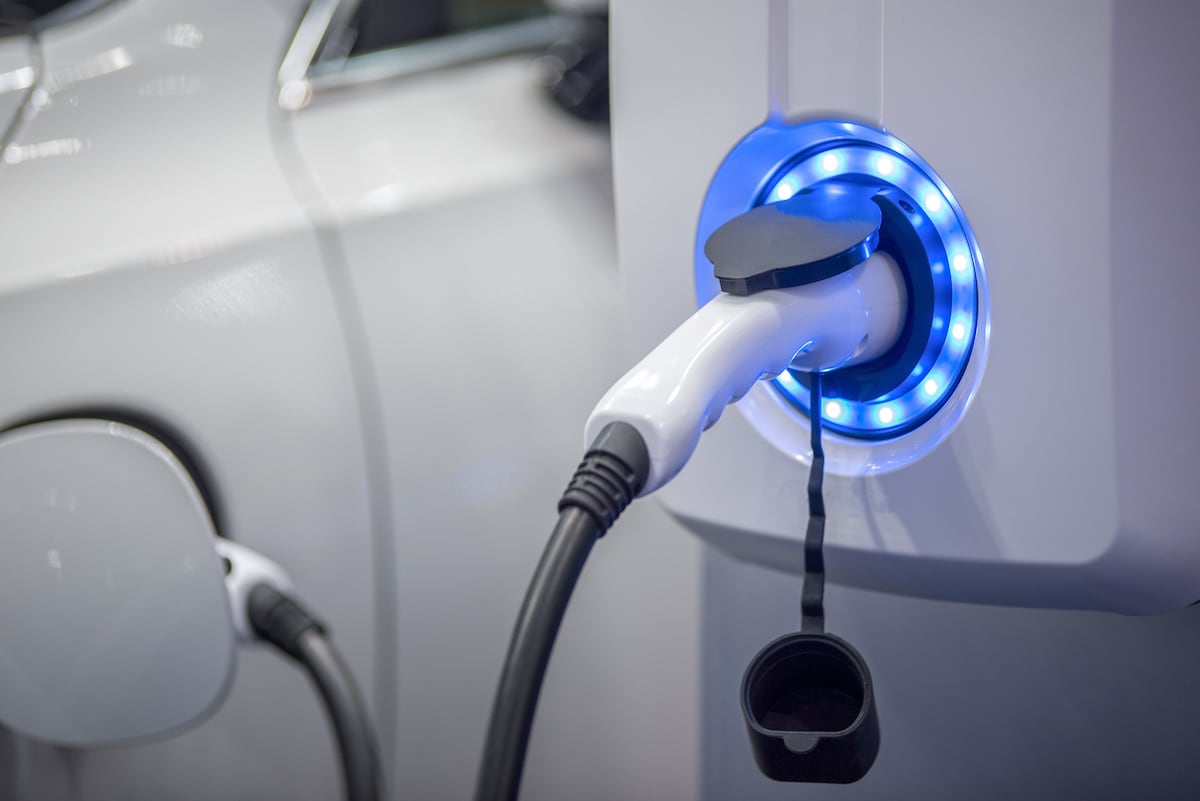What's it cost to charge an EV?
The refueling costs of an EV are typically significantly less than a traditional petrol car. In an average electric car, with charging costs based on an assumed rate of $0.33 per kWh1, 100km can cost between $5 and $62.
While the same distance in an average petrol car is likely to cost around $13 to $15, depending on the fuel price and the vehicle’s fuel efficiency3.
It will take a Level 2 smart charger one to two hours to recharge 40-100 kms, while a Level 3 charger can give you between 150-300km per hour. This is a lot more than your Level 1 charger using a standard electrical point, which gives you around 10-20km in range per hour. These times are a guide and depend on the conditions and the type of car you have.
If we were to compare electric vehicles by model, cars with bigger batteries, like the Tesla Model S at 100kWh, for example, would cost around $33 to charge fully (assuming an electricity rate of $0.33 per kWh1).
Whereas a BYD Dolphin with a 44.9 kWh battery size would be fully charged (from 0-100%) for $14.82 (assuming an electricity rate of $0.33 per kWh1). So, like larger petrol-powered vehicles have higher fuel costs and tank capacity than smaller models, electric vehicle charging costs largely depend on the model and battery size.




